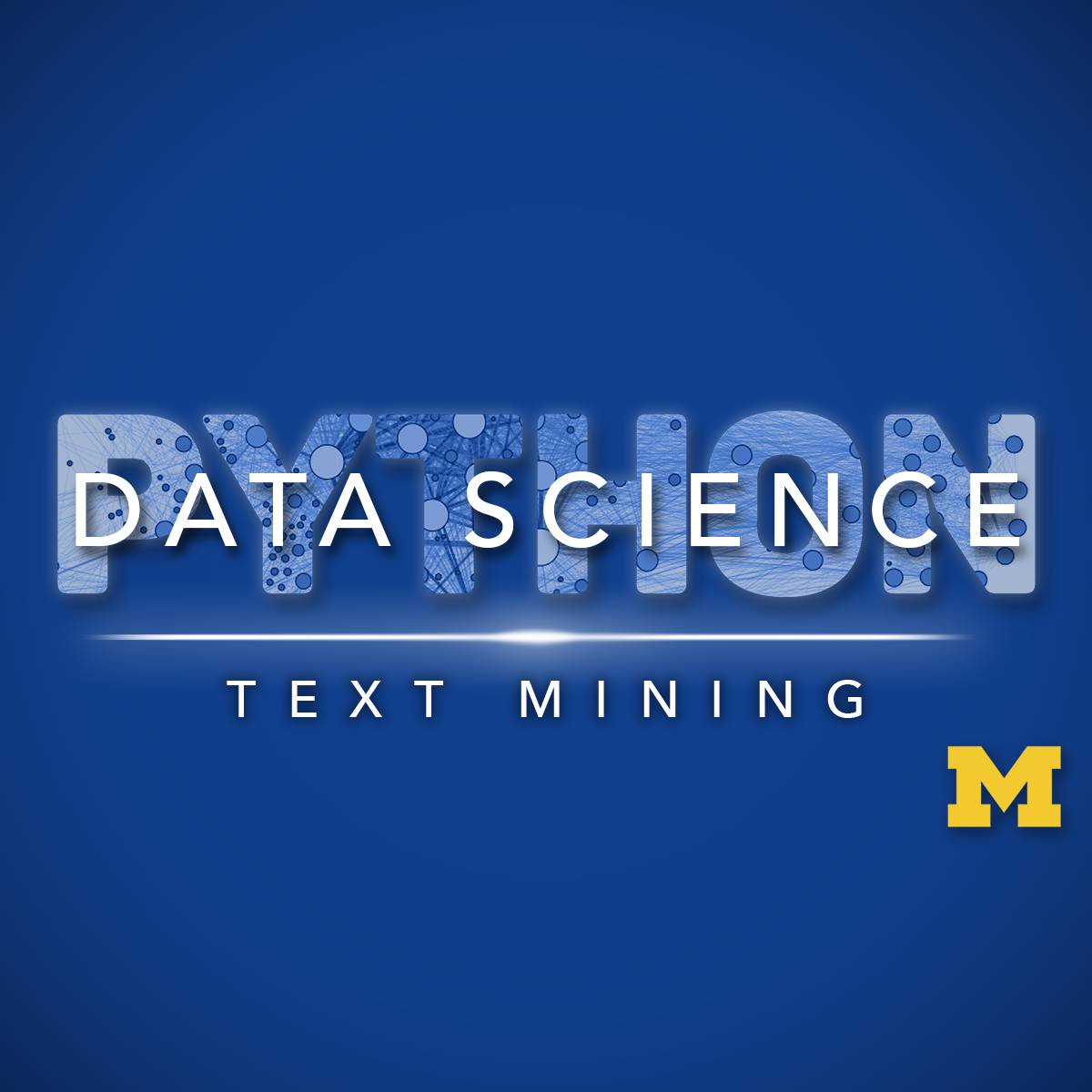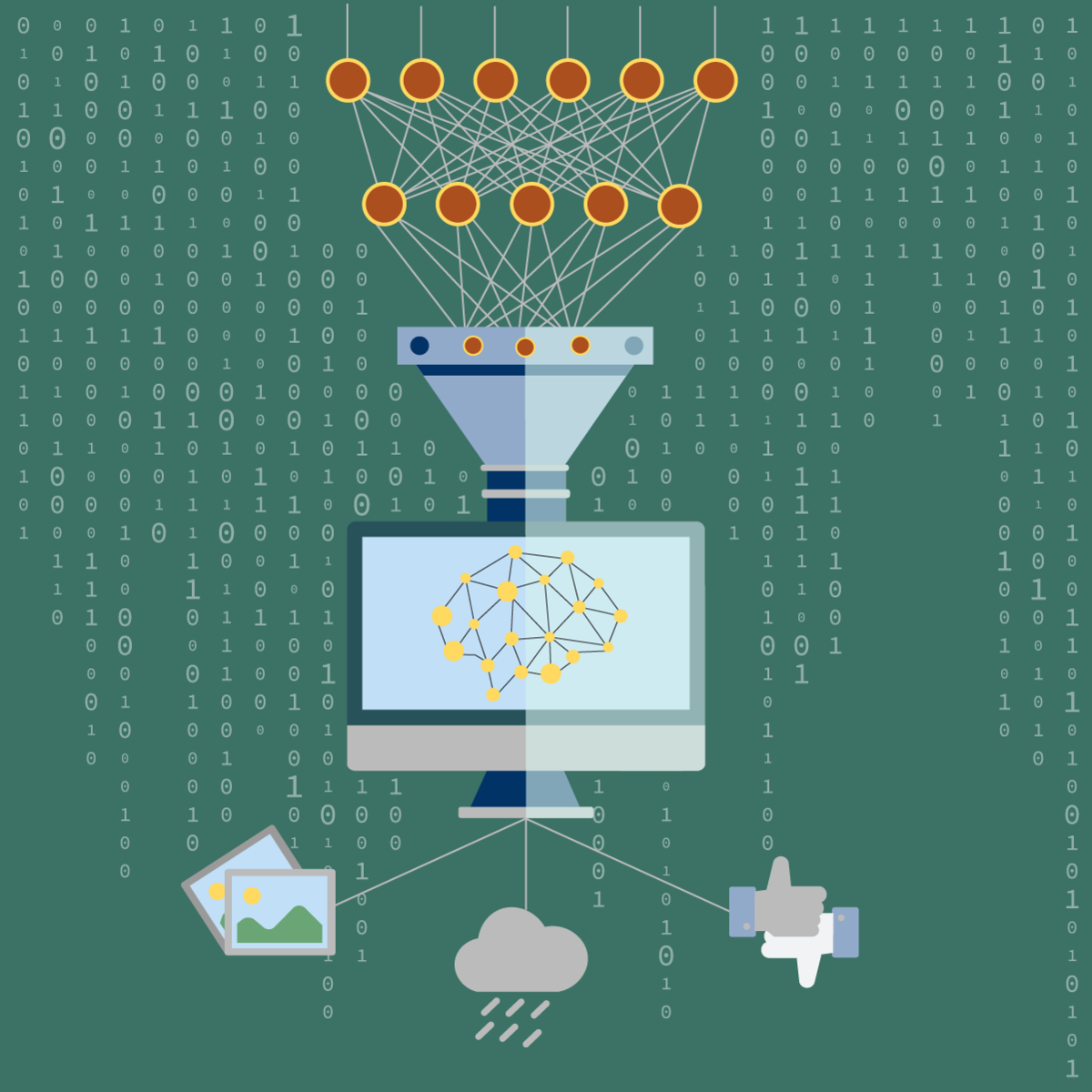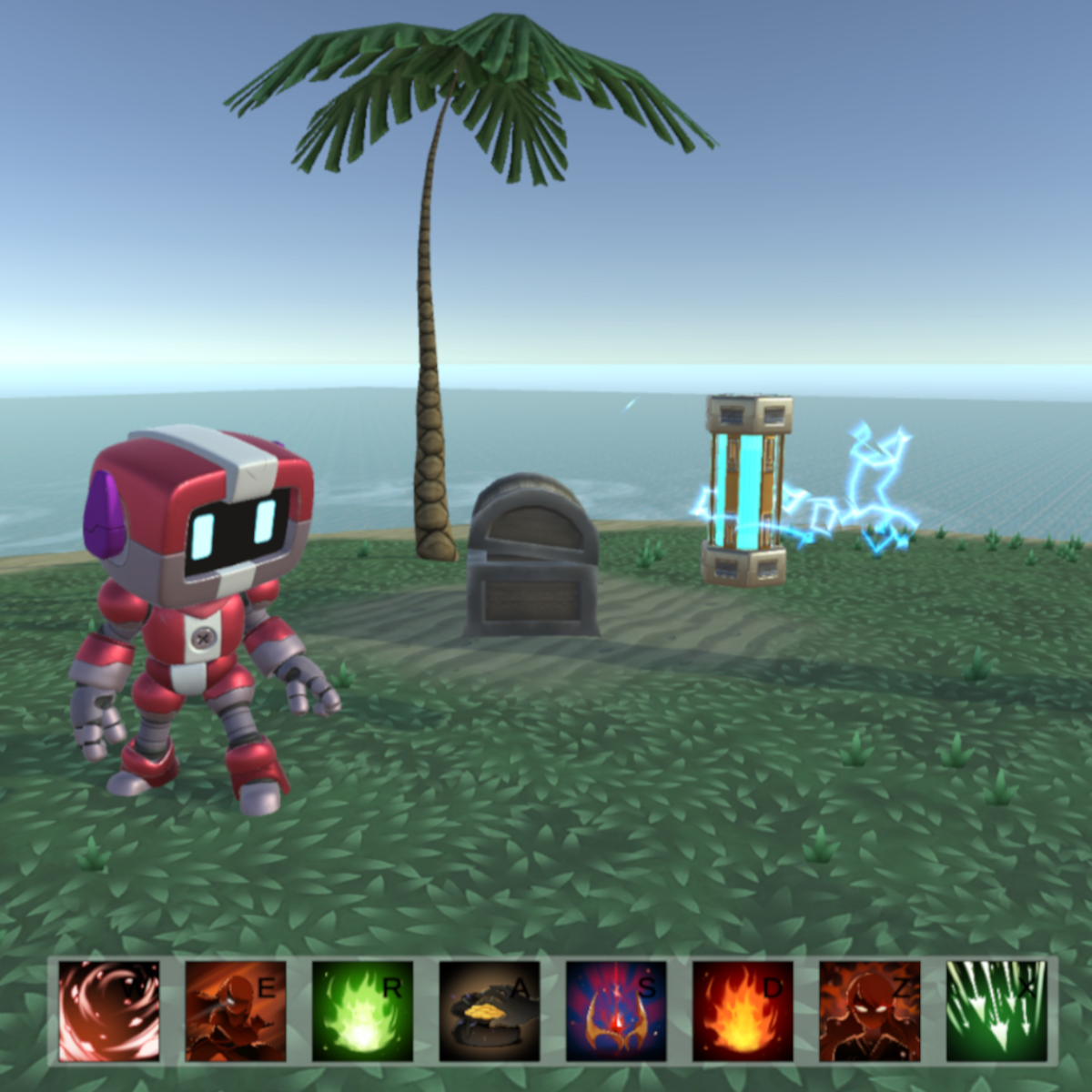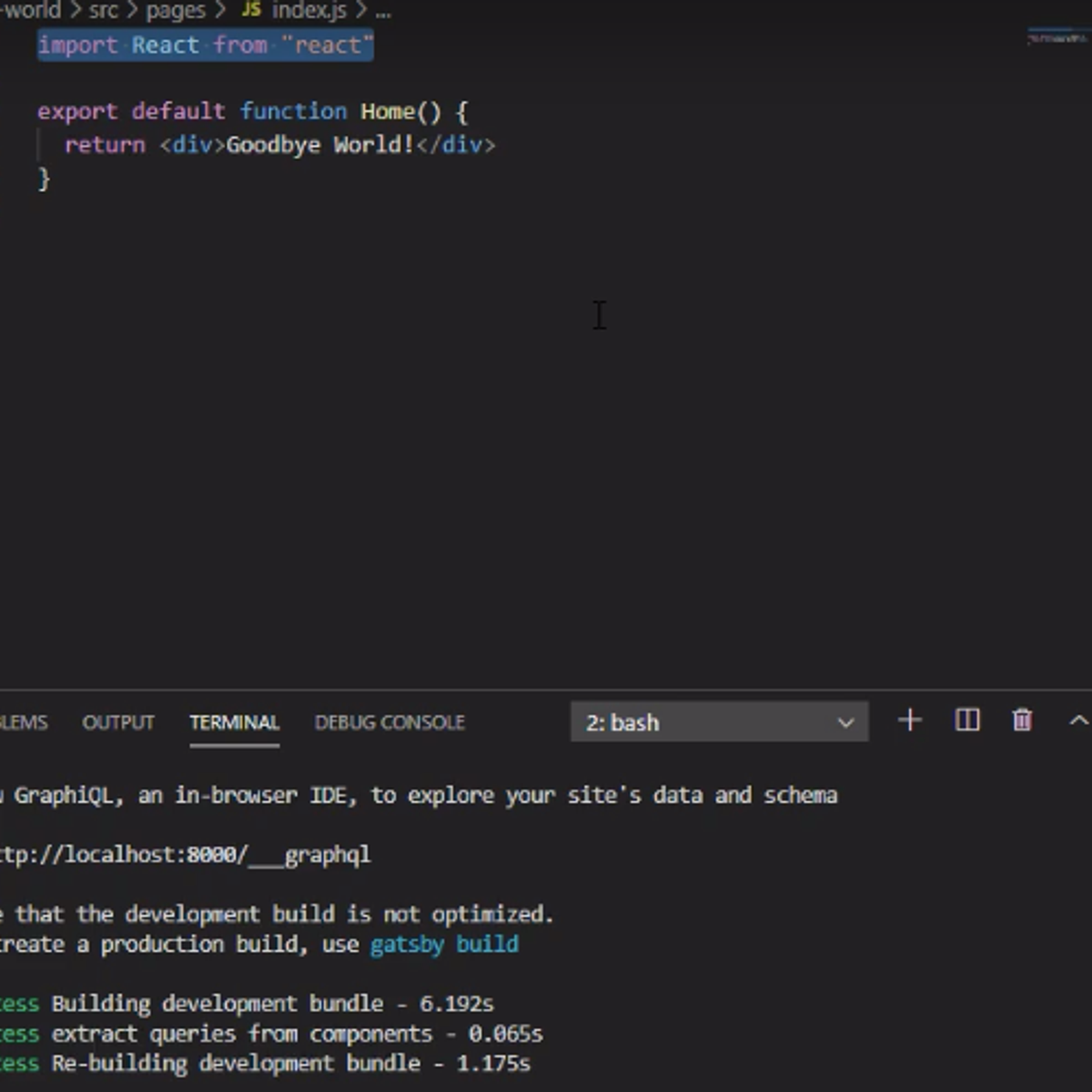Back to Courses









Computer Science Courses - Page 16
Showing results 151-160 of 2309

Aruba Network Automation Basics
Aruba networking technologies are purpose-built with automation in mind to meet the increasing demands on IT’s ability to achieve business outcomes more efficiently. In Aruba Network Automation Basics you'll get an introduction to network automation concepts, key automation tools including Python
and Ansible, and how to apply network automation in practice with Aruba products. This course is great for the networking professionals who want an introduction to the world of coding, scripting, and automation.

Digital Signal Processing 2: Filtering
Digital Signal Processing is the branch of engineering that, in the space of just a few decades, has enabled unprecedented levels of interpersonal communication and of on-demand entertainment. By reworking the principles of electronics, telecommunication and computer science into a unifying paradigm, DSP is a the heart of the digital revolution that brought us CDs, DVDs, MP3 players, mobile phones and countless other devices.
The goal, for students of this course, will be to learn the fundamentals of Digital Signal Processing from the ground up. Starting from the basic definition of a discrete-time signal, we will work our way through Fourier analysis, filter design, sampling, interpolation and quantization to build a DSP toolset complete enough to analyze a practical communication system in detail. Hands-on examples and demonstration will be routinely used to close the gap between theory and practice.
To make the best of this class, it is recommended that you are proficient in basic calculus and linear algebra; several programming examples will be provided in the form of Python notebooks but you can use your favorite programming language to test the algorithms described in the course.

Applied Text Mining in Python
This course will introduce the learner to text mining and text manipulation basics. The course begins with an understanding of how text is handled by python, the structure of text both to the machine and to humans, and an overview of the nltk framework for manipulating text. The second week focuses on common manipulation needs, including regular expressions (searching for text), cleaning text, and preparing text for use by machine learning processes. The third week will apply basic natural language processing methods to text, and demonstrate how text classification is accomplished. The final week will explore more advanced methods for detecting the topics in documents and grouping them by similarity (topic modelling).
This course should be taken after: Introduction to Data Science in Python, Applied Plotting, Charting & Data Representation in Python, and Applied Machine Learning in Python.

Introduction to Machine Learning
This course will provide you a foundational understanding of machine learning models (logistic regression, multilayer perceptrons, convolutional neural networks, natural language processing, etc.) as well as demonstrate how these models can solve complex problems in a variety of industries, from medical diagnostics to image recognition to text prediction. In addition, we have designed practice exercises that will give you hands-on experience implementing these data science models on data sets. These practice exercises will teach you how to implement machine learning algorithms with PyTorch, open source libraries used by leading tech companies in the machine learning field (e.g., Google, NVIDIA, CocaCola, eBay, Snapchat, Uber and many more).
Advanced Django: External APIs and Task Queuing
Code and run Django websites without installing anything!
This course is designed for learners who are familiar with Python and basic Django skills (similar to those covered in the Django for Everybody specialization). The modules in this course cover connecting to external APIs, task queuing, and pulling together the topics across the specialization in capstone projects.
To allow for a truly hands-on, self-paced learning experience, this course is video-free. Assignments contain short explanations with images and runnable code examples with suggested edits to explore code examples further, building a deeper understanding by doing. You’ll benefit from instant feedback from a variety of assessment items along the way, gently progressing from quick understanding checks (multiple choice, fill in the blank, and un-scrambling code blocks) to slowly building features, resulting in large coding projects at the end of the course.
Course Learning Objectives:
Connecting to external APIs
Implement task queuing
Leverage various Django skills to create portfolio-quality projects

Get started with Piktochart
At the end of this project, you will have all the basic skills to use Piktochart, a software and online tool for creating and editing infographics and Marketing designs of all kinds. You will be able to discover in detail the different features of the platform, and will be able to test its graphical content creation tools for the first time.
This project is for beginners, people who have never used Piktochart. It is ideal for those who would like to use Piktochart for their professional projects.

Make an Action Bar in Unity Part 1 - Modular Action System
Action bars are ubiquitous in gaming, from Diablo to League of Legends to Valorant, it has become the staple user interface for games that offer players multiple abilities and consumable items.
In this one-hour, project-based course, you'll learn how to create an action bar from scratch. You'll learn how to set up the UI elements to create the action bar and its buttons, code a modular and versatile Action system and wire up a cooldown effect on your buttons.
The guided project will introduce you to the following Unity concepts:
- UI Toolkit
- C# coding techniques including Inheritance.
This is Part 1 of a 2-part series on creating an action bar for a Unity game. Part 2 covers adding appealing visual effects to the action bar and buttons, to give your game some "bling."
This series makes use of the tropical island-themed Unity project first used in Create Animation Transitions in Unity (Intro to Animation 2). This compliments this guided project and, although not a prerequisite, is recommended for a more well-rounded understanding of the concepts presented herein.

Creating a Personal Site with Gatsby
In this 2-hour long project-based course, you will learn how to create a personal website with Gatsby.
You will:
1. Learn about the project structure of a Gatsby Project
2. Learn how to create and style layout templates for pages on our website
3. Learn how to publish our site on Netlify
This guided project is for anyone who has a basic knowledge of HTML, CSS, and intermediate Javascript. If you want to publish your site for free on Github you should also have a Github account.
Note: This course works best for learners who are based in the North America region. We’re currently working on providing the same experience in other regions.

Palo Alto Networks: VM-Series Advanced Deployment
This is a self-paced lab that takes place in the Google Cloud console. In this lab you will use Terraform to deploy 2 VM-Series firewalls that secure ingress/egress traffic from 2 spoke VPCs, using internal load balancers as next hop.

Database Design and Basic SQL in PostgreSQL
In this course you will learn more about the historical design of databases and the use of SQL in the PostgreSQL environment. Using SQL techniques and common commands (INSERT INTO, WHERE, ORDER BY, ON DELETE CASCADE, etc) will enable you to create tables, column types and define the schema of your data in PostgreSQL. You will learn about data modeling and how to represent one-to-many and many-to-many relationships in PostgreSQL. Students will do hands-on assignments creating tables, inserting data, designing data models, creating relational structures and inserting and querying relational data in tables.
Popular Internships and Jobs by Categories
Browse
© 2024 BoostGrad | All rights reserved


